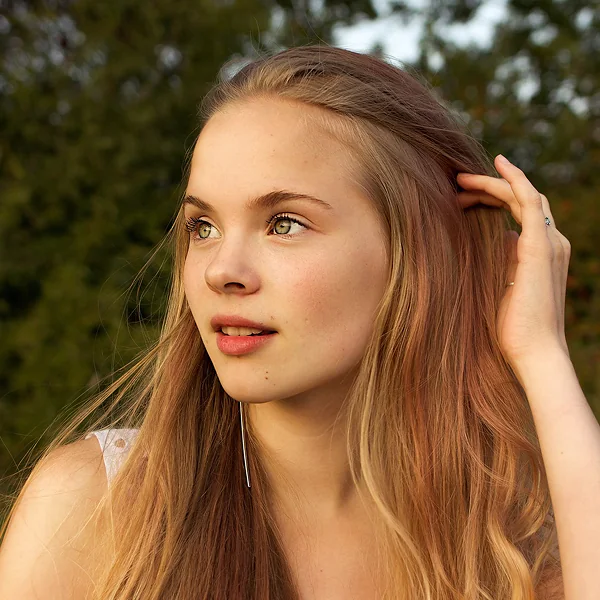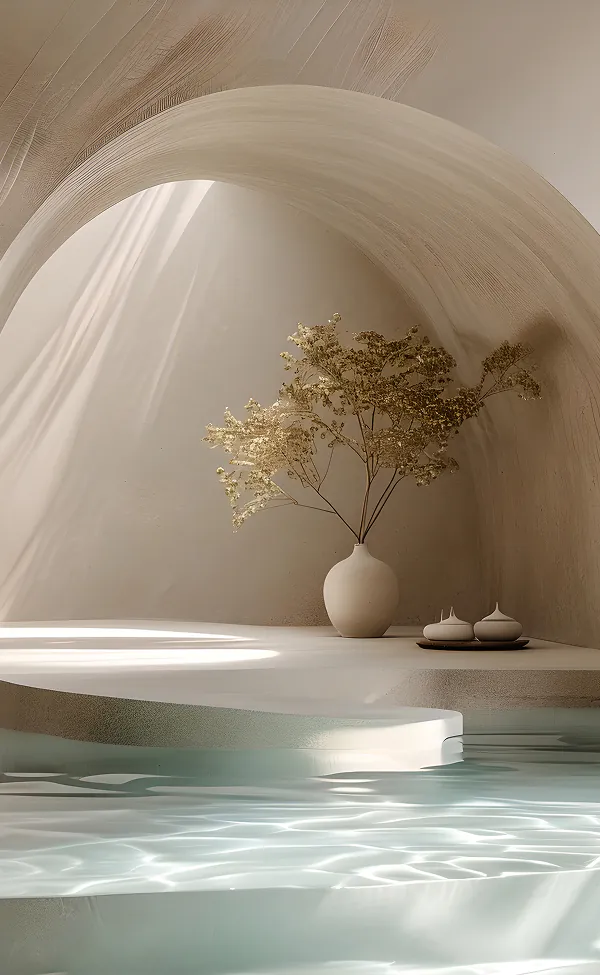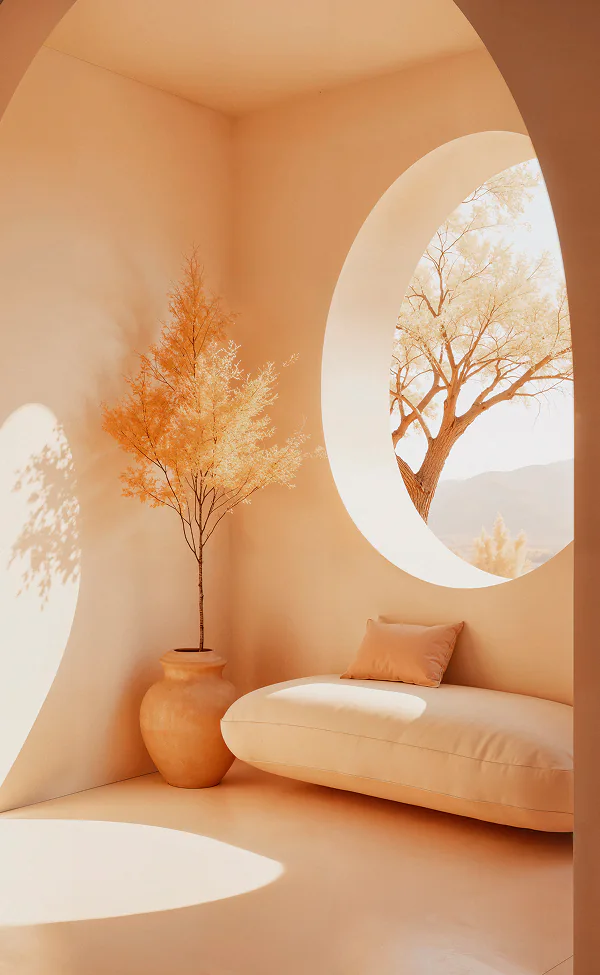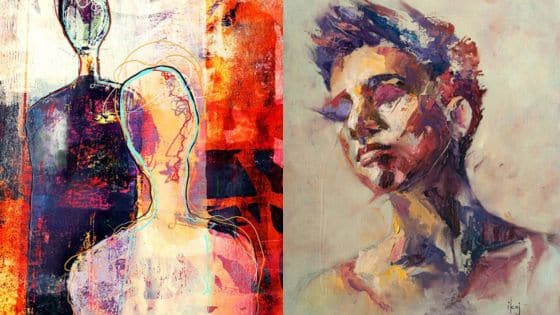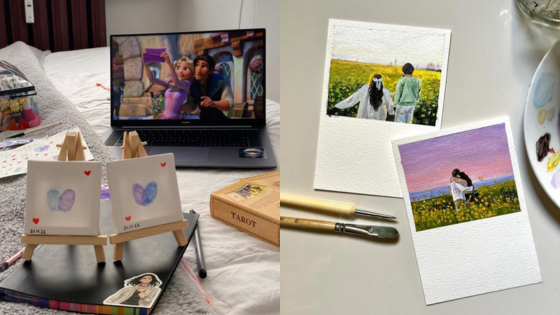Looking for fresh art ideas can boost your creativity and help you discover fun new ways to express yourself. Whether you’re just starting out or have been creating for years, there are always new projects, techniques, and themes you can explore. You can find inspiring ideas in everything from simple sketchbook prompts to experimenting with mixed media, seasonal crafts, or even adding a tech twist to your work.
Sometimes, the hardest part is just knowing where to start. By trying out different materials or exploring new styles, you’ll uncover what excites you most and find your own unique artistic direction. Art can be a playful escape, a way to unwind, or a chance to try something outside your usual routine.
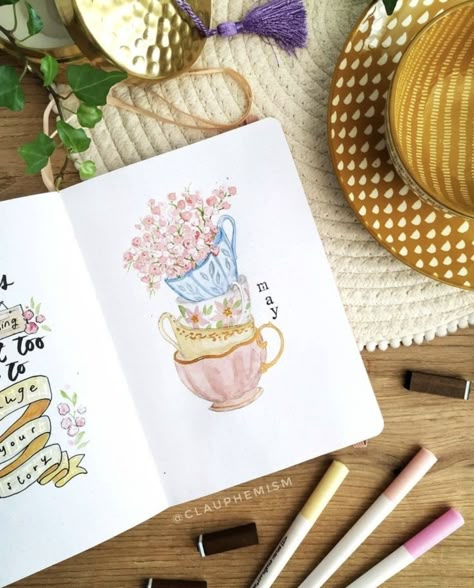

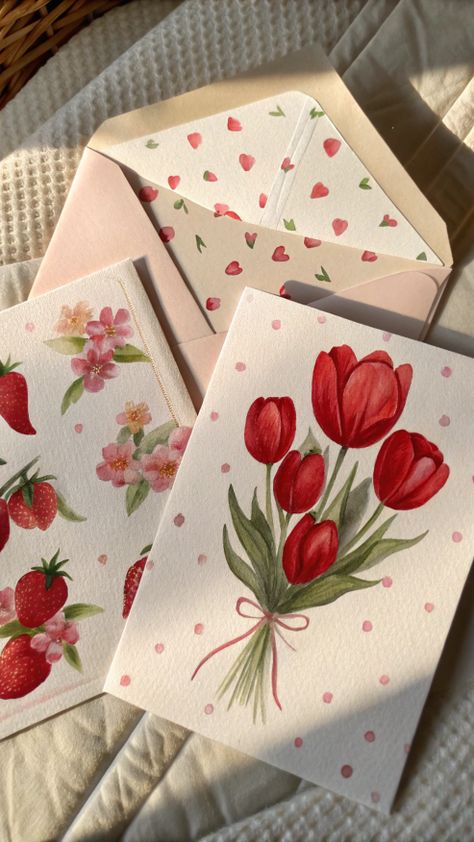
Key Takeaways
- Find new and accessible ideas for your art journey
- Experiment with various styles, materials, and prompts
- Draw inspiration from technology, nature, and changing seasons
Inspiring Art Ideas for Every Level
You can build your creativity whether you are just starting, interested in portraits, or experimenting with mixed media. Each approach allows you to practice specific skills and express your ideas through art.
Getting Started with Art Projects
If you are new to art, begin with simple projects that use basic materials such as pencils, markers, or watercolors. Try drawing everyday objects around your home—cups, plants, or even your shoes. These familiar subjects help you develop observation and control.
Set aside dedicated time for your art. Create a regular routine, even if it’s just ten minutes a day. Consistency improves your technique and makes creating art a natural part of your day.
Use lists and mind maps to brainstorm creative art prompts. For example:
- Draw your favorite meal
- Illustrate a dream you had
- Create patterns using dots and lines
You don’t need expensive supplies. Sometimes, experimenting with what you already have can spark new ideas.
Drawing Portraits and Self-Portraits
Portraits and self-portraits help you focus on proportion, shading, and capturing character. Start by outlining the head with soft lines and map out the main features: eyes, nose, and mouth. It’s helpful to use a mirror or photo reference for accuracy.
Practice sketching quick studies of different faces to improve your understanding of facial structure. Don’t worry about perfection; every sketch helps you learn more about human features.
Try using different tools for variety. You can experiment with pencils and charcoal for shading, or even color with markers and crayons. Self-portraits offer a way to explore your identity and express emotions in your artwork.
Creative Mixed Media Explorations
Combining multiple materials can open up new ways to express your creativity. Mixed media projects might use collage, paint, ink, fabric, or found objects. Gather a few everyday materials and try layering or combining them in unexpected ways.
You can start with a basic drawing and then add texture using torn paper, fabric scraps, or magazine clippings. Experiment with gluing, cutting, and painting over different surfaces. Pay attention to how the materials interact.
Mixed media allows for playful exploration. Mistakes can become part of the piece. Keep your process loose and let curiosity lead you to unique results.

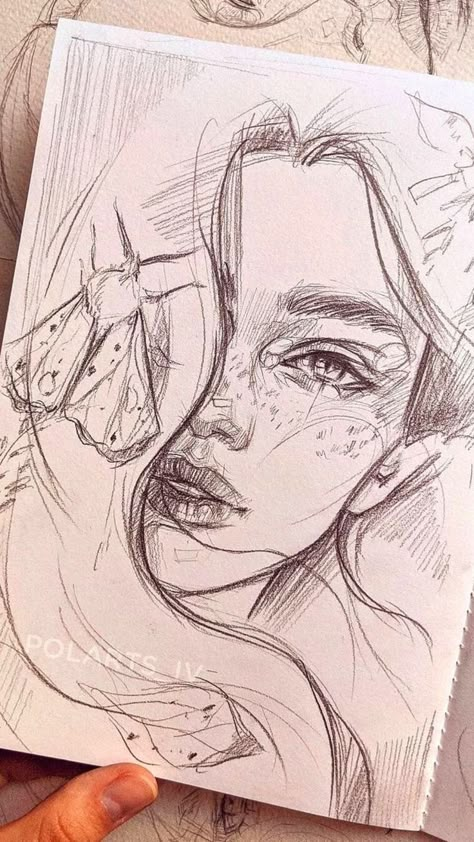

Exploring Art Journals and Sketchbooks
Art journals and sketchbooks are tools to capture your thoughts, experiment with ideas, and document your creative journey. You can use them to work through concepts, collect inspiration, or simply play with color and materials in a personal way.
Keeping an Art Journal
An art journal is a notebook or sketchbook where you combine words, sketches, paint, and mixed-media elements. It’s not about making perfect art—it’s about expressing yourself freely.
Many artists use art journals to reflect on their day, record dreams, or jot down quotes and ideas. If you’re new, start simple by picking a notebook and basic materials like pencils, pens, or watercolors.
Try working in your journal regularly, but don’t worry about filling every page immediately. Let your art journal be a space for experimenting, making mistakes, and letting your creativity unfold naturally.
Sketchbook Prompts to Spark Ideas
A blank page can feel intimidating, but prompts help get you started. Use these sketchbook prompts when you’re unsure what to draw:
- Draw your favorite object from your desk.
- Sketch something you see outside your window.
- Use only one color for an entire page.
- Illustrate a memory from your childhood.
- Doodle while listening to music and see how the rhythm shapes your lines.
Mix up drawing, painting, collage, or even writing to keep things interesting. If you want, create a prompt jar and pull out a slip each time you sit down to sketch.
Personalizing Your Sketchbooks
Your sketchbook should feel like your own space, so personalize it to match your style and preferences. Decorate the cover with stickers, washi tape, or even fabric scraps. Write your name and the date you started on the inside cover.
Divide pages by themes, materials, or moods. For example, dedicate sections for landscapes, portraits, or experiments with new tools.
Consider adding inspiration from magazines, ticket stubs, color swatches, or pressed leaves. This makes your sketchbook more visually engaging and can give you ideas for future artwork.
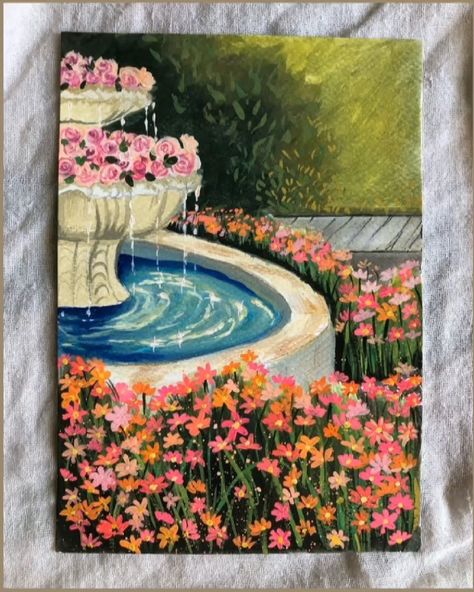

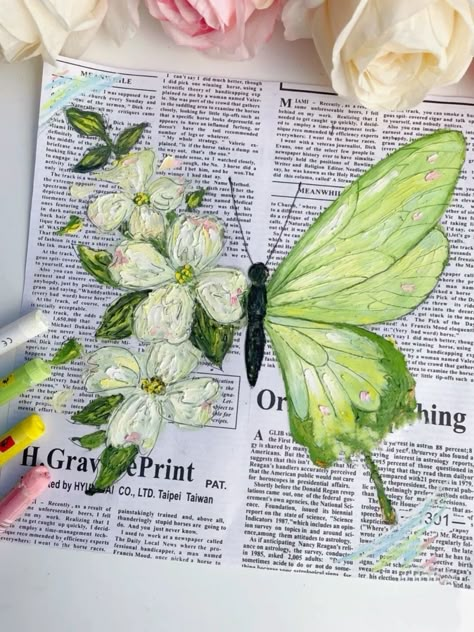
Choosing the Right Art Supplies
Finding the right art supplies can make your creative process smoother and more enjoyable. Selecting tools that match your skill level helps you develop your technique and experiment with confidence.
Essential Tools for Beginners
Starting out, you don’t need a huge collection to create great art. Focus on practical basics that support different kinds of projects.
A sketchbook is a must-have for planning, doodling, and practicing ideas. Choose one with medium-weight paper for flexibility with pencils and ink. Graphite pencils in various hardness levels (2H, HB, 2B) are reliable for drawing and shading.
Erasers—both kneaded and vinyl—help you fix mistakes without damaging the paper. Basic colored pencils and a set of fine liners let you add color and detail to your work. Watercolor paint sets and student-grade brushes allow for easy exploration without much cost.
Tables and lists can keep your kit organized:
| Supply | Use |
|---|---|
| Sketchbook | Drawing, planning, notes |
| Pencils (2H-2B) | Sketching, shading |
| Erasers | Correcting, lightening lines |
| Colored pencils | Adding color |
| Fine liners | Outlining, details |
| Student brushes | Watercolor, acrylic |
Keep your first kit simple. You can always add more as you gain experience.
Advanced Materials for Experimentation
Once you have a good handle on the basics, you might want to try new materials to expand your skills and express your style. Upgrading to professional-grade paints (such as oil or high-pigment watercolors) gives stronger color and better blending.
Branched-out mediums, like acrylic gels, ink pens, or pastels, open up different textures and effects. Palette knives let you apply paint thickly for a textured look or mix colors right on your palette. Working on canvas or heavy mixed-media paper gives you more flexibility for mixed techniques.
Digital artists can experiment with drawing tablets and stylus tools. For certain techniques, modeling paste, masking fluids, or fixative sprays are helpful. As you add advanced supplies, consider their compatibility with your favorite medium and style.
Track your experiments in a notebook so you remember which materials you enjoyed most. This lets you build a custom toolkit that matches how you like to make art.
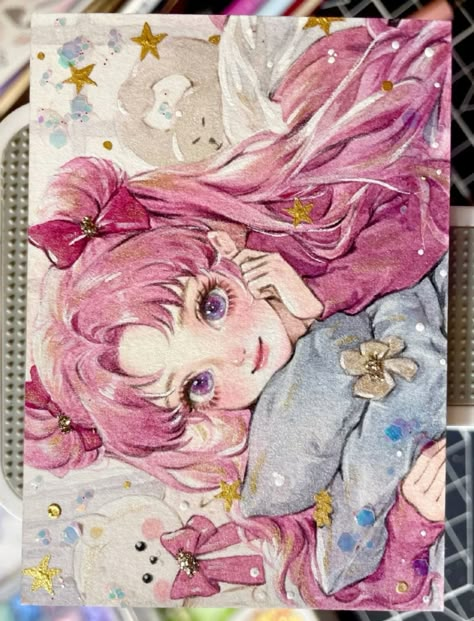

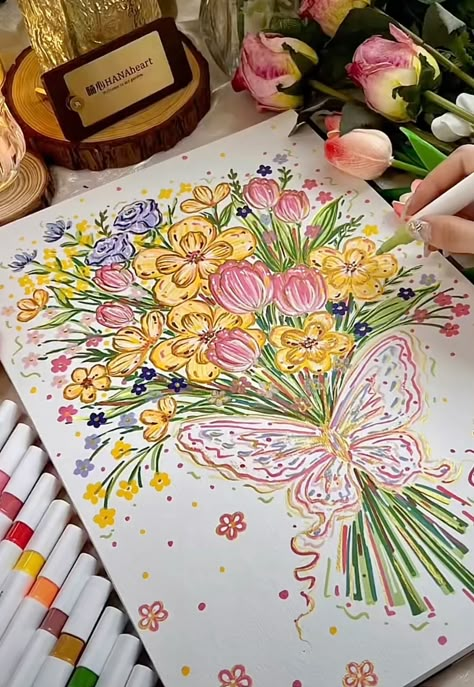
Infusing Science and Technology into Art
Combining science and technology with art brings new creative opportunities. By exploring modern methods and tools, you can bridge technical skills with visual expression.
STEAM-Inspired Art Projects
STEAM (Science, Technology, Engineering, Art, and Mathematics) projects let you merge scientific concepts with artistic processes. For example, you might use animal anatomy to draw realistic figures, or experiment with epoxy cast molds to understand chemistry while creating sculpture.
Try constructing basic circuits and integrating them into paper art. You can also paint with thermochromic pigments that change color when heated. These projects don’t just teach art and science; they encourage experimentation and critical thinking.
A simple STEAM art project idea:
| Project | Science Connection | Art Element |
|---|---|---|
| Solar Prints | UV light and photosynthesis | Cyanotype printing |
| Geometric Wire Sculptures | Geometry and engineering | 3D form and design |
Hands-on activities make scientific principles more engaging and memorable. They help you see how creativity can exist alongside technical knowledge.
Digital Art Techniques and Tools
Technology offers you many digital tools to create unique artwork. You can use software such as Procreate, Photoshop, or Krita for digital painting and illustration. Tablets and stylus pens give you precision and control as you draw, paint, or animate.
Digital art also includes 3D modeling, animation, and graphic design. By learning basic coding, you can generate algorithmic art or interactive installations. Graphic tablets and VR headsets add new dimensions to your skills, making it possible to create immersive environments.
Using technology in your creative process encourages you to experiment with styles and techniques not possible by hand. This approach keeps your art practice innovative and relevant in a tech-driven world.
Seasonal and Themed Art Inspiration
Art projects can be tied to specific times of the year, celebrating milestones or holidays in creative ways. Many activities use themes like changing seasons, school events, or nature as inspiration.
Back to School Art Ideas
Starting a new school year gives you a perfect opportunity to encourage creativity. You might design personalized name tags, backpacks, or classroom door signs using markers, colored papers, and collage materials.
Try collaborative murals, where everyone adds a drawing or painting to a large poster celebrating your unique classroom or school values. Self-portraits are popular at this time, helping students express identity and practice observation.
List of easy back to school projects:
- All About Me posters
- Classroom rule posters
- First day handprint art
- Friendship bracelets
These kinds of projects help build classroom community and make students feel welcome.
Holiday and Seasonal Creations
Seasonal art projects let you explore colors, textures, and motifs. In autumn, leaf rubbings or pumpkin printmaking are easy and popular. For winter, you can create snowflake collages, painted ornaments, or simple paper lanterns.
Spring is great for nature art—try flower printing or woven paper baskets. For holidays like Halloween, Christmas, or Valentine’s Day, projects might include themed cards, clay ornaments, or treat bags.
Table: Sample Seasonal Themes and Activities
| Season | Sample Activity | Materials |
|---|---|---|
| Fall | Leaf Print Art | Leaves, paint |
| Winter | Snowflake Cutouts | Paper, scissors |
| Spring | Flower Collage | Magazines, glue |
| Summer | Beach Scene Painting | Watercolor, paper |
These activities let you integrate art into celebrations and explore a variety of techniques throughout the year.
- 3.6Kshares
- Facebook0
- Pinterest3.6K
- Twitter3
- Reddit0

